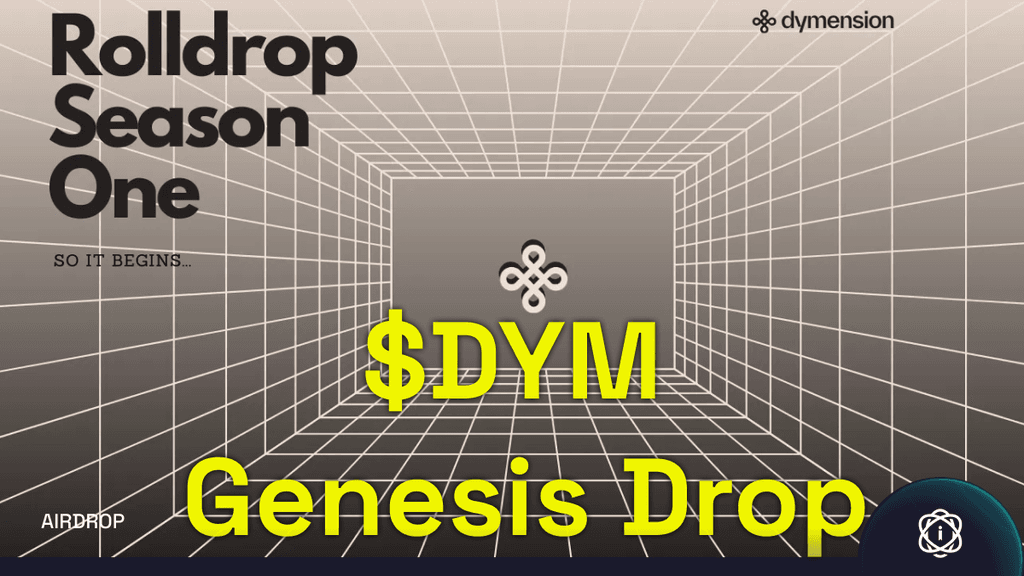Background and History
ether.fi was founded with the vision of providing Ethereum stakers with a non-custodial solution that does not require them to relinquish control over their assets. The project was initiated to address the growing concerns around the custodial nature of many existing staking services, where users had to trust third parties with their private keys. Recognizing the importance of decentralization and user sovereignty in the Ethereum ecosystem, the team behind ether.fi developed a protocol that allows users to maintain control over their staked ETH while still participating in the network’s security.
Since its launch, ether.fi has gained traction among Ethereum enthusiasts and stakers who prioritize security and control over convenience. The platform’s development has been marked by continuous improvements to its user interface, staking mechanisms, and security protocols, ensuring that it meets the needs of both novice and experienced stakers.
Key Features and Technologies
Non-Custodial Staking
The core feature of ether.fi is its non-custodial staking mechanism. Unlike traditional staking services where users must transfer their assets to a third-party platform, ether.fi allows users to stake their ETH while retaining full control of their private keys. This approach eliminates the risks associated with custodial services, such as hacks or mismanagement of funds, making it a more secure option for users who prioritize the safety of their assets.
Validator Support
ether.fi is designed to support both individual stakers and validators. The platform provides tools and resources for users who wish to run their own validator nodes, ensuring that they can participate in Ethereum’s consensus mechanism without sacrificing control over their assets. Validators on ether.fi benefit from a user-friendly interface that simplifies the process of setting up and managing a node, as well as robust security features that protect against potential threats.
Usage and Applications
ether.fi is primarily used by Ethereum holders who wish to participate in staking without giving up control of their assets. The platform is suitable for a wide range of users, from individual stakers with small amounts of ETH to institutional validators running multiple nodes. By offering a non-custodial solution, ether.fi appeals to those who value security and autonomy in their staking activities.
In addition to individual staking, ether.fi also supports the broader Ethereum ecosystem by contributing to the network’s decentralization. By enabling more users to stake independently, the platform helps to distribute the network’s security more evenly across a diverse set of participants. This decentralization is crucial for maintaining the integrity and resilience of the Ethereum network as it continues to grow.
Notable Events
- 2023: Launch of ether.fi, introducing the first non-custodial staking solution that allows users to maintain control over their private keys while participating in Ethereum staking.
- 2024: Expansion of validator support, providing additional tools and resources for users who wish to run their own nodes.


![Let’s Get These AIRDROPS [$SEA, $JUP, $LINEA, more…]](/_next/image?url=https%3A%2F%2Fimg.youtube.com%2Fvi%2FQx2l7RskSmQ%2Fhqdefault.jpg&w=1024&q=75)



